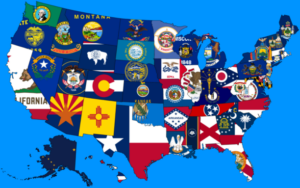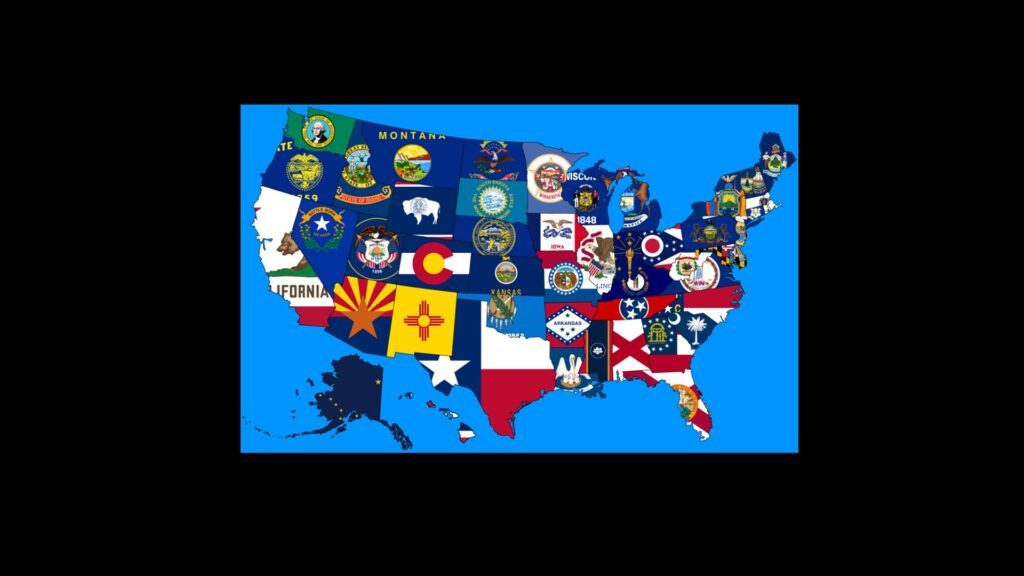
FAA Updates Fact Sheet on State and Local Drone Regulation
Continue reading below, or listen:
Since before the passage of Part 107 in 2016, regularizing commercial drone use in the United States, state and local laws – sometimes in conflict with FAA regulations – have developed. This issue is sometimes discussed as Drone Federalism, such as the failed “Drone Federalism Act of 2017,” or as FAA Preemption, which is the concept that the FAA rules the airspace from the ground up. Former FAA Administrator Michael Huerta warned against the proliferation of state and local drone laws, saying that a “patchwork quilt” of regulations across the U.S. would only create confusion, limiting the commercial industry and not enhancing safety.
In 2015, the FAA published a “Fact Sheet” to state and local governments (since removed from the FAA website.) In that Fact Sheet, the FAA emphasized their position that airspace regulation belongs strictly to the federal government, citing “authority to regulate the areas of airspace use, management and efficiency, air traffic control, safety, navigational facilities, and aircraft noise at its source.”
The Softening Stance
Since then, the FAA has softened it’s stance somewhat. The 2017 UAS Integration Pilot Program (the precursor of the FAA BEYOND Program) strove to give state and local governments input into the development of drone regulations. State drone laws, however, have continued to be enacted: sometimes to the severe detriment of the commercial industry or without a full understanding of the technology.
The 2023 Fact Sheet still emphasizes FAA authority, but recognizes the existence of state laws.
The general balance between Federal and state authority in the context of aviation regulation is well established. The Federal Aviation Administration (“FAA”) has the exclusive authority to regulate aviation safety and the efficient use of the airspace by aircraft. Attempts by state and local governments to regulate in those fields are preempted.1 Outside those fields, the States are generally free to regulate—even by enacting laws that are aimed at or affect aviation—as long as their laws do not conflict with FAA regulations or relate to the prices, routes, or services of commercial air carriers.
The Fact Sheet clarifies preemption, and provides examples of drone laws that may or may not be preempted.
- State laws are subject to conflict preemption when compliance with both Federal and state regulations is impossible, or when the state law stands as an obstacle to the accomplishment and execution of the full purposes and objectives of Congress.
- Even if a state law regulates outside the fields of aviation safety and airspace efficiency and is therefore not covered by field preemption, it may still be preempted if it conflicts with one or more FAA regulations.
Examples of drone laws that may be preempted by federal aviation regulations include selling or leasing air rights above highways, bans over entire cities, or local licensing or registration fees. State and local drone regulations focused on criminal acts like trespass, voyeurism, criminal mischief, or transportation of controlled substances, would not be preempted.
Read more:
- FAA Fact Sheet establishes authority over states considering drone legislation
- Rep. Jason Lewis: UAS Integration Pilot Program Doesn’t Go Far Enough to protect statesrights
- The FAA Stance on State Drone Regulation: Preemption is Still Preemption, But There’s a Loophole
- An Open Letter to State and Local Policy Makers
- Who Owns the Airspace Over My House? The Chicken Farmer Case, and Advocating for Reasonable State and Local Drone Regulations
- FAA and Drone Regulation: Should the FAA Have Exclusive Control?
Miriam McNabb is the Editor-in-Chief of DRONELIFE and CEO of JobForDrones, a professional drone services marketplace, and a fascinated observer of the emerging drone industry and the regulatory environment for drones. Miriam has penned over 3,000 articles focused on the commercial drone space and is an international speaker and recognized figure in the industry. Miriam has a degree from the University of Chicago and over 20 years of experience in high tech sales and marketing for new technologies.
For drone industry consulting or writing, Email Miriam.
TWITTER:@spaldingbarker
Subscribe to DroneLife here.
